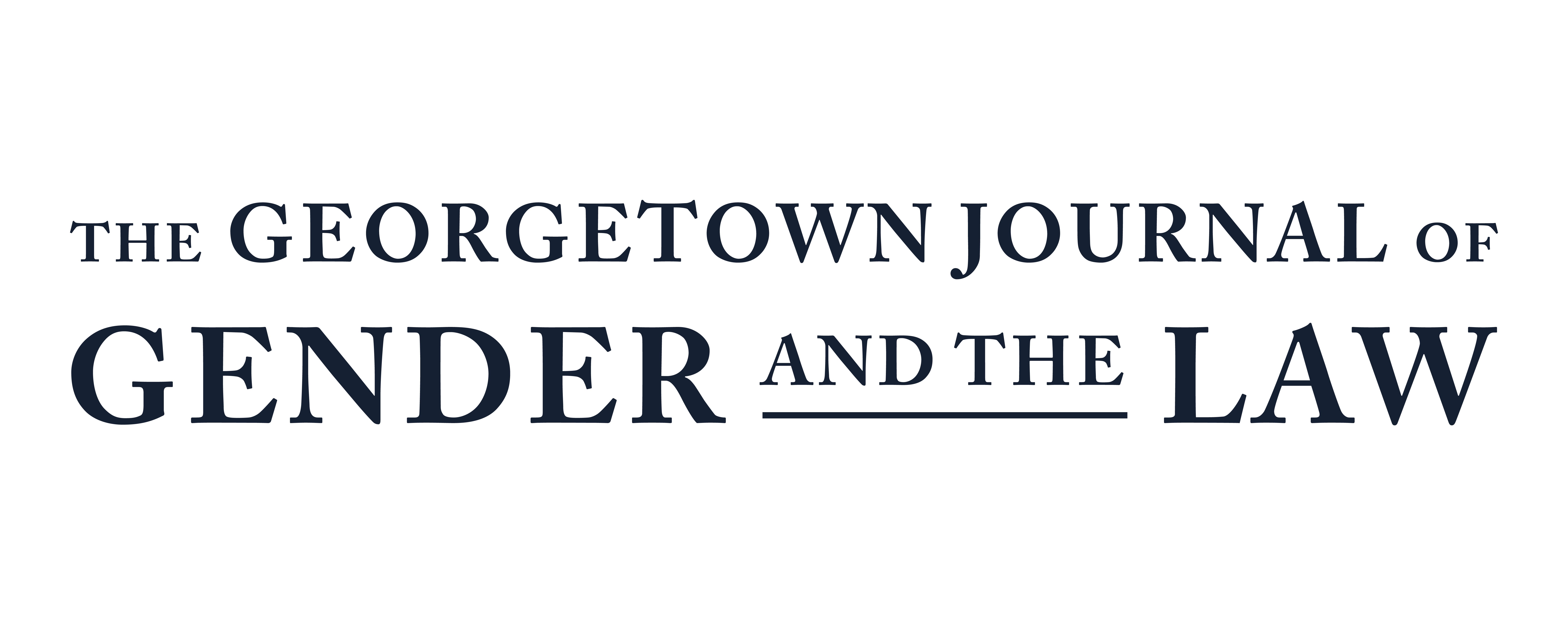Race-Conscious Programs in Education
According to a job posting released by the Department of Justice, the Civil Rights Division plans to review and possibly sue universities based on their affirmative action admissions policies. While former Attorney General Jeff Sessions adopted a hardline approach for eliminating affirmative action, former Secretary of Education Betsy Devos’ approach was to avoid taking a stance and to defer to the Justice Department. The Biden administration, by contrast, has taken a pro-diversity stance following the Supreme Court’s decision in Students for Fair Admissions v. Harvard, which held that admissions offices around the country can no longer consider race when admitting candidates to their university. In light of SCOTUS’ dismantling of affirmative action, this article discusses five dimensions of race-conscious programs. Part I explores the historical underpinnings of Supreme Court jurisprudence in this area, beginning with Plessy v. Ferguson and the “separate but equal” doctrine. Part II analyzes Court decisions involving voluntary race-conscious admissions policies in public higher education, including supplemental programs and scholarships, and provides a brief overview of state efforts to regulate or eliminate these policies. Part III evaluates the progression of voluntary affirmative action policies in secondary education. Part IV examines the implications of Court decisions surrounding race-conscious programs in education on affirmative action efforts in the workplace.
In evaluating affirmative action policies, courts generally distinguish between public and private contexts. In public institutions of higher and secondary education and public-sector employers, race-conscious admissions or hiring policies are permissible but subject to the strict scrutiny imposed by the Equal Protection Clause of the Fourteenth Amendment. In this context, strict scrutiny requires a showing that (1) diversity is a compelling interest and (2) the policy or program is narrowly tailored to meet that interest. To satisfy the narrow tailoring requirement, a race-conscious admission or hiring policy must consider race as only one factor among many, allow all applicants to compete against each other in one pool, and involve individualized assessments of each candidate.
In private institutions of secondary education and private sector employers, Title VII of the Civil Rights Act applies. Though there is no definitive Supreme Court ruling in this area, courts generally apply a three-pronged test: (1) whether a prima facie showing of discriminate impact can be proven; (2) a whether there is a substantial and legitimate justification for the practice resulting in discriminate impact; and (3) whether there is a less discriminatory alternative that would also achieve the legitimate objective.
Generally speaking, broader “diversity policies” tend to be upheld since they are established merely for the benefit of the institution, not to remedy some specific imbalance. Diversity is a nebulous term that could feasibly cover almost any type of classification or categorization.
Keep Reading Race-Conscious Programs in Education.

